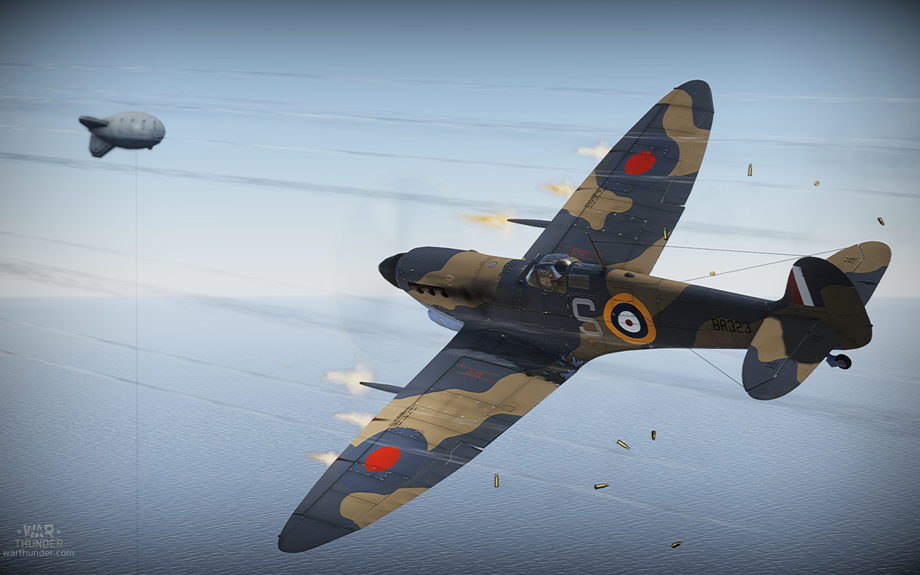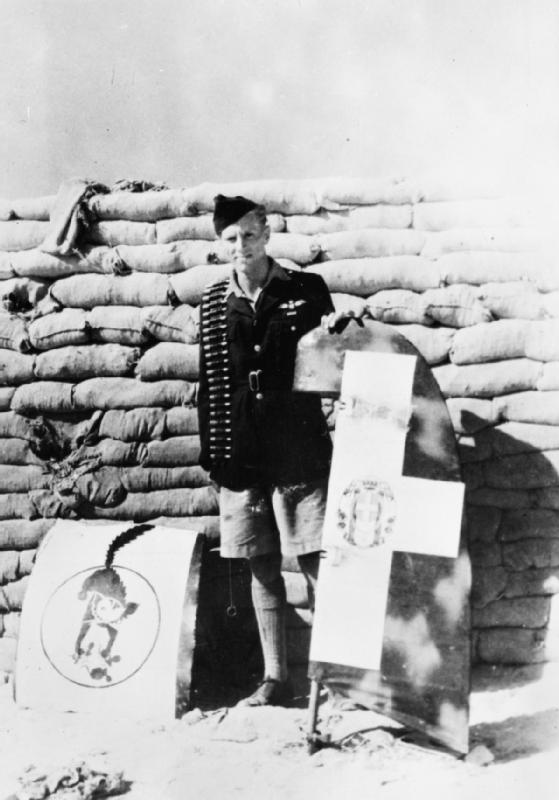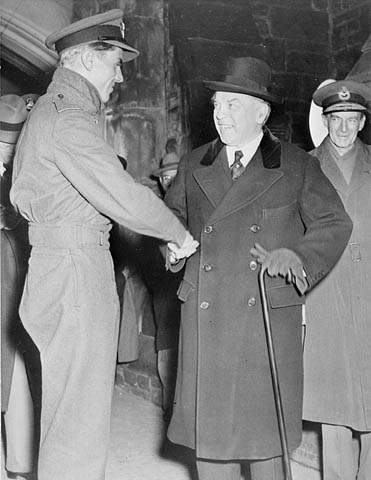
- For PC
- For MAC
- For Linux
- OS: Windows 7 SP1/8/10 (64 bit)
- Processor: Dual-Core 2.2 GHz
- Memory: 4GB
- Video Card: DirectX 10.1 level video card: AMD Radeon 77XX / NVIDIA GeForce GTX 660. The minimum supported resolution for the game is 720p.
- Network: Broadband Internet connection
- Hard Drive: 17 GB
- OS: Windows 10/11 (64 bit)
- Processor: Intel Core i5 or Ryzen 5 3600 and better
- Memory: 16 GB and more
- Video Card: DirectX 11 level video card or higher and drivers: Nvidia GeForce 1060 and higher, Radeon RX 570 and higher
- Network: Broadband Internet connection
- Hard Drive: 95 GB
- OS: Mac OS Big Sur 11.0 or newer
- Processor: Core i5, minimum 2.2GHz (Intel Xeon is not supported)
- Memory: 6 GB
- Video Card: Intel Iris Pro 5200 (Mac), or analog from AMD/Nvidia for Mac. Minimum supported resolution for the game is 720p with Metal support.
- Network: Broadband Internet connection
- Hard Drive: 17 GB
- OS: Mac OS Big Sur 11.0 or newer
- Processor: Core i7 (Intel Xeon is not supported)
- Memory: 8 GB
- Video Card: Radeon Vega II or higher with Metal support.
- Network: Broadband Internet connection
- Hard Drive: 95 GB
- OS: Most modern 64bit Linux distributions
- Processor: Dual-Core 2.4 GHz
- Memory: 4 GB
- Video Card: NVIDIA 660 with latest proprietary drivers (not older than 6 months) / similar AMD with latest proprietary drivers (not older than 6 months; the minimum supported resolution for the game is 720p) with Vulkan support.
- Network: Broadband Internet connection
- Hard Drive: 17 GB
- OS: Ubuntu 20.04 64bit
- Processor: Intel Core i7
- Memory: 16 GB
- Video Card: NVIDIA 1060 with latest proprietary drivers (not older than 6 months) / similar AMD (Radeon RX 570) with latest proprietary drivers (not older than 6 months) with Vulkan support.
- Network: Broadband Internet connection
- Hard Drive: 95 GB

Camouflage made by -313- Paegas | Download here
Born in Quebec, Canada on December 6th 1921, George Frederick Beurling was obsessed with aviation from an early age. The appeal of the freedom of the skies led to the young Beurling having very little interest in school, playing truant to go and watch aircraft at a local airport and, when sent to his room as a punishment, spending hours building model aircraft. This came as something of a disappointment to his academically minded parents; devoutly religious, they raised Beurling to shun drinking, smoking and swearing and hoped he would become a doctor.
 |
| Standing by a sandbag revetment at Ta Kali, Malta, with the rudder and unit emblem cut from a crash-landed Macchi MC.202 |
Waiting around the airport paid dividends – one pilot was sympathetic to the obsessed youth and took Beurling flying, which only added to his passion. He had flown his first solo by the age of 16 and left school early to move to Ontario for a job as a freight co-pilot for mining companies. This was an excellent opportunity to build flying hours and consolidate core flying skills.
Desperate for more aggressive flying, Beurling had hopes to travel overseas to fly for anybody who would accept him in a wartime role. In the meantime he contented himself with flying in Canada, including winning a flying competition at Edmonton. Whilst accepting his prize, he was overtly disparaging about the Royal Canadian Air Force pilots he flew against in the competition, a reason he later cited for his own rejection from the RCAF shortly afterwards. He also attempted to sneak into the United States whilst on transit to China, but was caught and briefly imprisoned. He then attempted to join the Finnish Air Force, but was again rejected after failing to receive parental approval at the Finnish Embassy in Montreal, as he was still only 18 years old.
By 1940, with war raging across Europe, Beurling now set his sights on the RAF. After signing up as a crewman aboard a munitions ship to cross the Atlantic, he interviewed with the RAF but was told he could not enlist without a birth certificate. Again, he braved the U-boat threat to return to Canada, during which his ship survived being torpedoed, before then sailing back to Britain where he was finally accepted as a military pilot.
Already a licensed pilot with experience and natural ability, it was a foregone conclusion that he would be selected for his first choice role as a fighter pilot. Whilst training, Beurling’s first experience of the reality of war was during a bombing raid in London where he saw a girl playing in the street with her doll whilst bombs rained down. Beurling took her to an aid station but upon picking her up, realized she was suffering from shock having lost an arm to shrapnel. The experience began to mature the headstrong and outspoken aviator.
Qualifying on Spitfires, Beurling was twice offered a commission but turned the promotion down on both occasions, thus joining his first squadron – No.403 RCAF at North Weald, as a Sergeant pilot in December 1941. He quickly earned the nickname ‘Buzz’ due to his low level antics. After some four months of patrols, Beurling rarely encountered enemy aircraft but was wounded in March 1942. Shortly afterwards he transferred to No.41 Squadron RAF, equipped with Spitfire Mk.Vs. Here he shot down his first enemy aircraft, an FW190, whilst frantically trying to evade five German fighters. He shot down a second German fighter only two days later but was reprimanded for breaking formation – unhappy with his treatment, Beurling volunteered to serve in Malta for a fresh start.
 |
| Shaking hands with Prime Minister |
On arriving in Malta, Beurling reported to No.249 Squadron where his new CO, Sqn Ldr Stanley Grant, recognised the young pilot’s fragile ego as the root cause of his apparent lack of discipline and outspoken nature and, establishing mutual respect, Beurling and Grant worked together exceptionally well. Although happier Beurling still did not fully integrate with his squadron mates and would spend long hours with a notebook, working out complex equations to improve his deflection shooting and analyse in great detail how he could improve on his already exceptional gunnery.
It worked – on July 6th he shot down two Italian fighters and a Bf109 to become an ace. Unpopular with his peers for his loner attitude and lack of interest in being a team player, this was barely acknowledged by the squadron. He earned the nickname ‘Screwball’ for his habit of leaving pieces of meat in the sun to attract flies, which he would then stamp on, referring to as ‘goddamn screwballs.’ He also spent his spare time killing lizards with his service revolver.
The unorthodox marksmanship practice was successful – in the regular dogfights across the sun soaked skies above Malta, Beurling’s tally of destroyed German and Italian fighters steadily grew. Beurling saw them as two very different opponents, commenting that in his opinion the Italians were braver pilots but easier to shoot down due to their inferior tactics and showy flying in place of the ruthless efficiency of the German tactics.
On July 27th Beurling shot down the Italian ace Furio Niclot Doglio and his wingman; he was then attacked by Bf109s and shot down a third enemy fighter. Later on the same day he added a fourth victory to his tally of the day, and was awarded the Distinguished Flying Medal for his actions. By the end of the month, as one of the RAF’s rising stars, he was ordered to accept a commission as a Pilot Officer.
By mid October Beurling’s tally had reached 20 kills and he was awarded the Distinguished Flying Cross. On October 14th Beurling claimed a Ju 88 and a Bf109, but was hit by a German fighter and wounded, with his Spitfire set ablaze. He managed to bail out and was sent back to Britain to recover, although his transport aircraft also crashed and he was one of only a few survivors. Having claimed 27 kills over Malta to become the top scoring allied ace of the campaign, he was awarded the Distinguished Service Order.
After recovering, Beurling was finally removed from front line duties and dispatched to Canada for a promotional tour to help sell war bonds. Beurling did not enjoy this work and was also less politically correct with his comments on his experiences of the war than would have been preferred by the authorities. After spending several weeks as an instructor, Beurling returned to front line operations with his first squadron, No.403, based at RAF Kenley. However, after returning to combat Beurling’s abrasive character again began to show, highlighting personality clashes with more senior officers.
In October 1944, Beurling received an honourable discharge from his military service. He was unsuccessful in an attempt to join the US military and shortly after his brief marriage collapsed. Post war life for Beurling was hugely difficult, both emotionally and financially. In 1948, Beurling finally found an avenue to return to military aviation and joined the Israeli Air Force. Whilst en route, he was killed in a crash near Rome after an engine failure shortly after take off.
Whilst undoubtedly an eccentric character at times, Beurling’s contribution to the defence of Malta was considerable. As with many individuals, sources vary on the exact number of aircraft he shot down but 32 is a relatively common figure quoted, making him the top scoring Canadian air ace of the Second World War.
About The Author
 |
Mark Barber, War Thunder Historical Consultant Mark Barber is a pilot in the British Royal Navy's Fleet Air Arm. His first book was published by Osprey Publishing in 2008; subsequently, he has written several more titles for Osprey and has also published articles for several magazines, including the UK's top selling aviation magazine 'FlyPast'. His main areas of interest are British Naval Aviation in the First and Second World Wars and RAF Fighter Command in the Second World War. He currently works with Gaijin Entertainment as a Historical Consultant, helping to run the Historical Section of the War Thunder forums and heading up the Ace of the Month series. |



